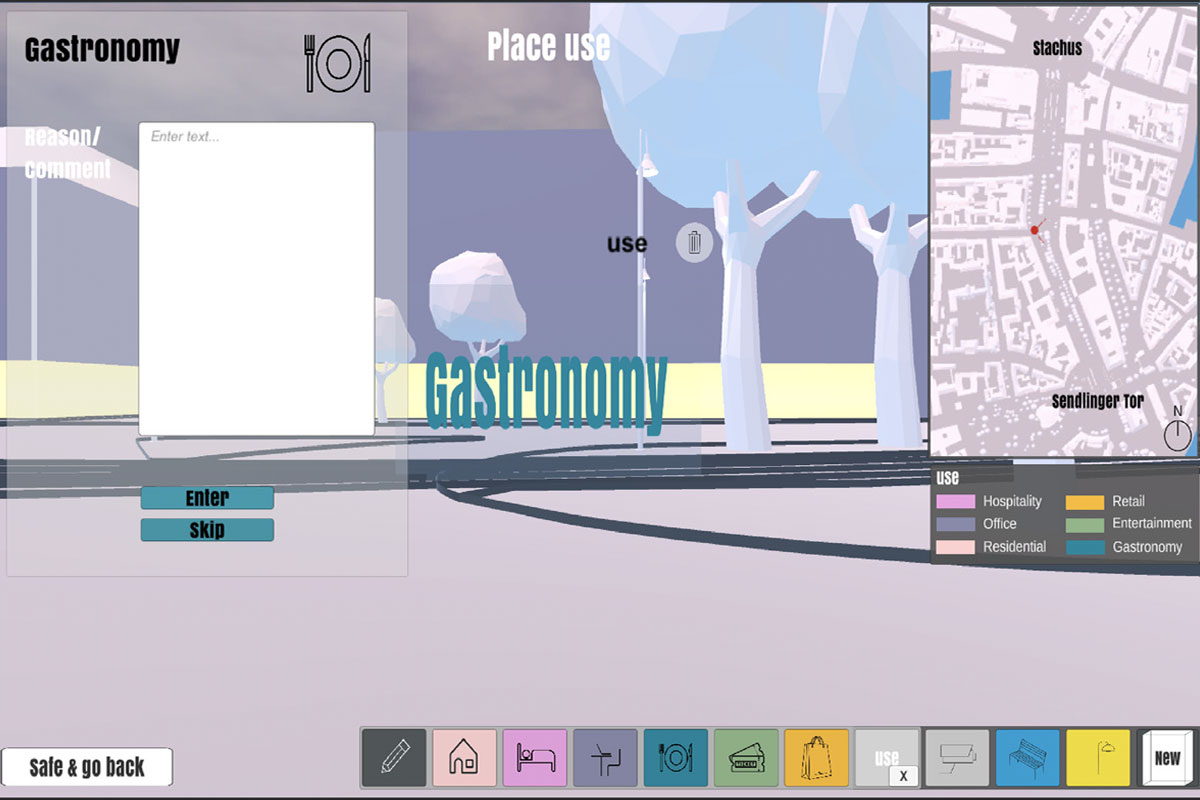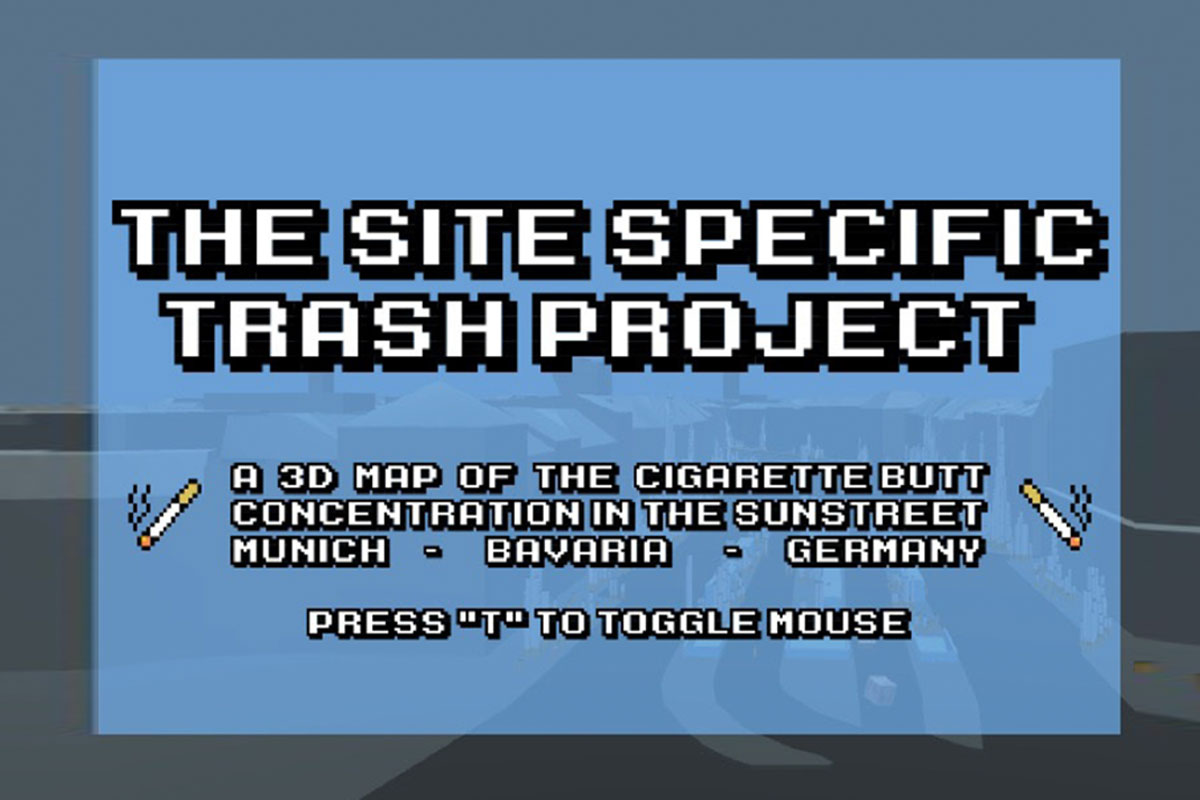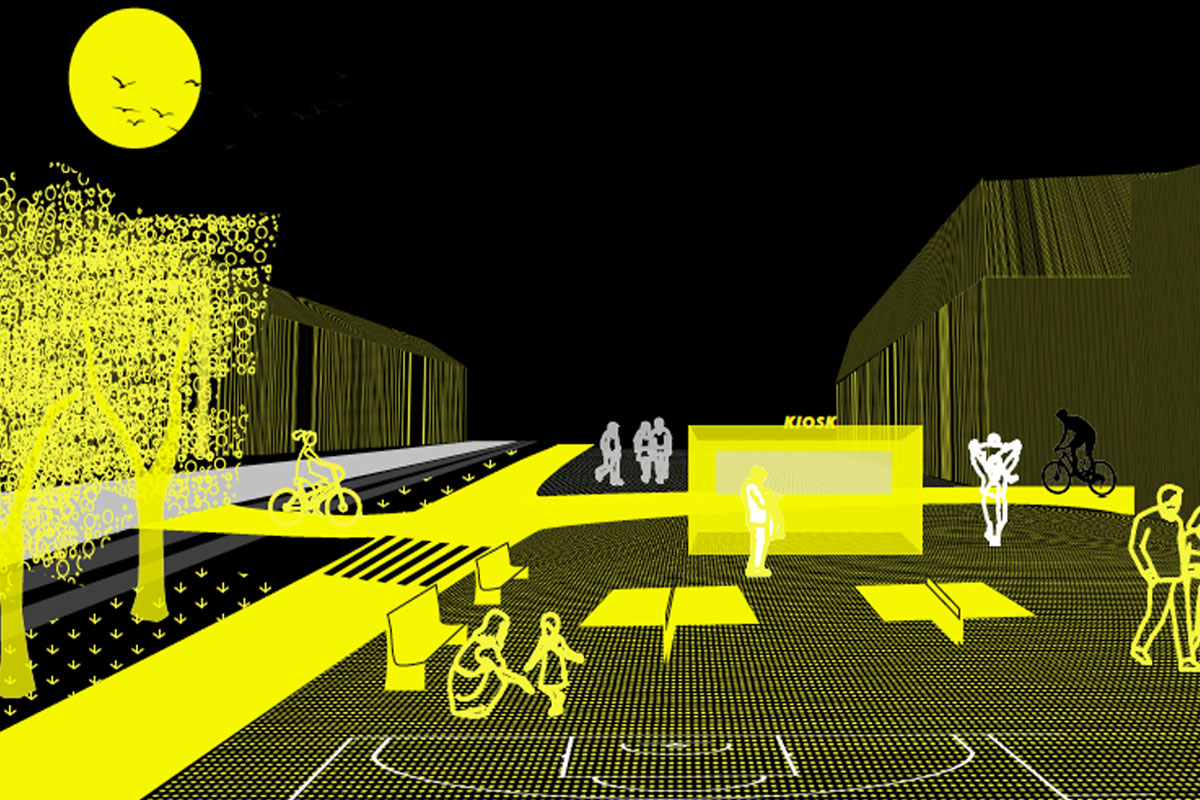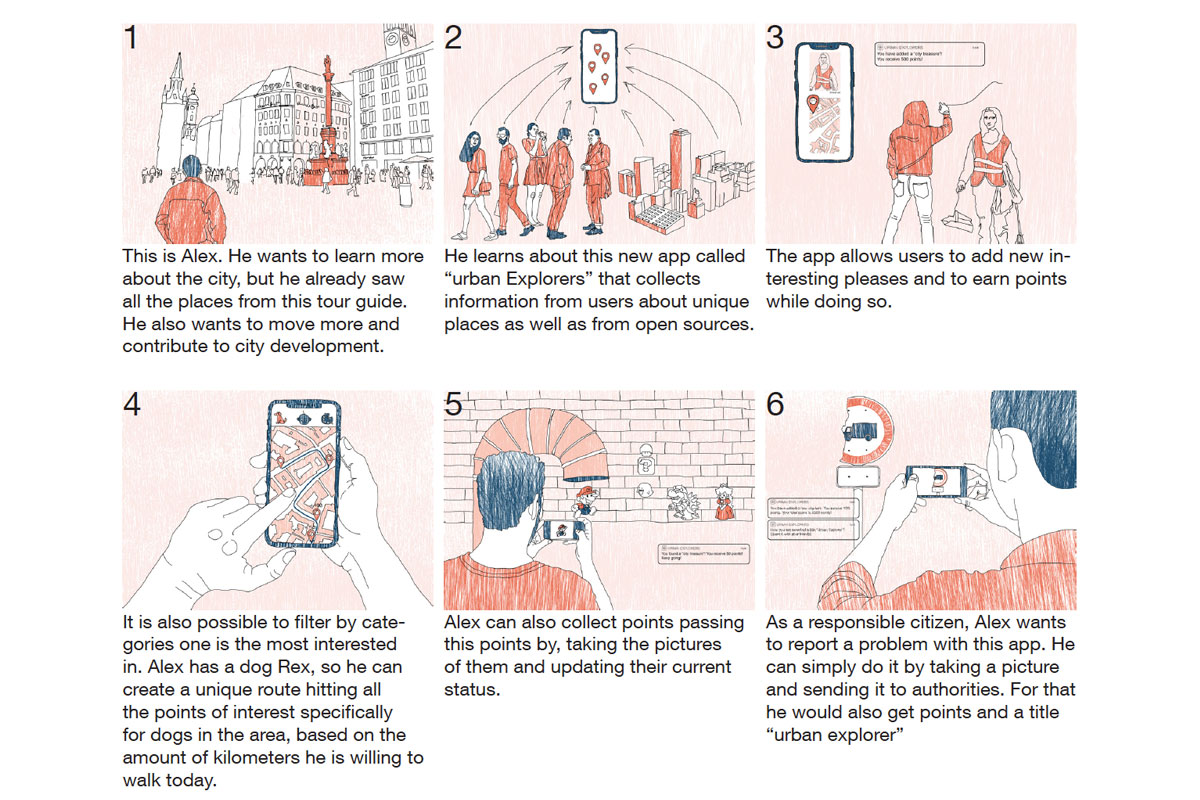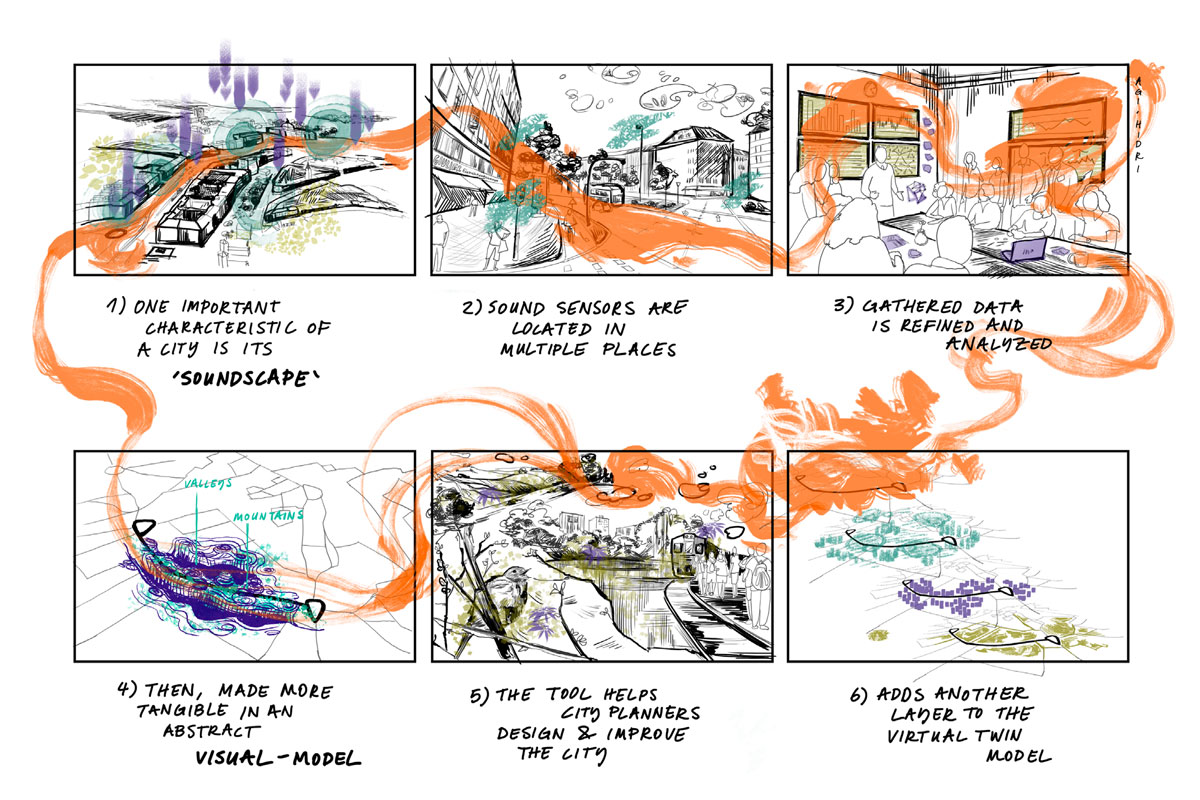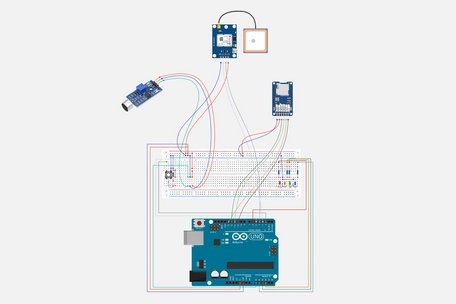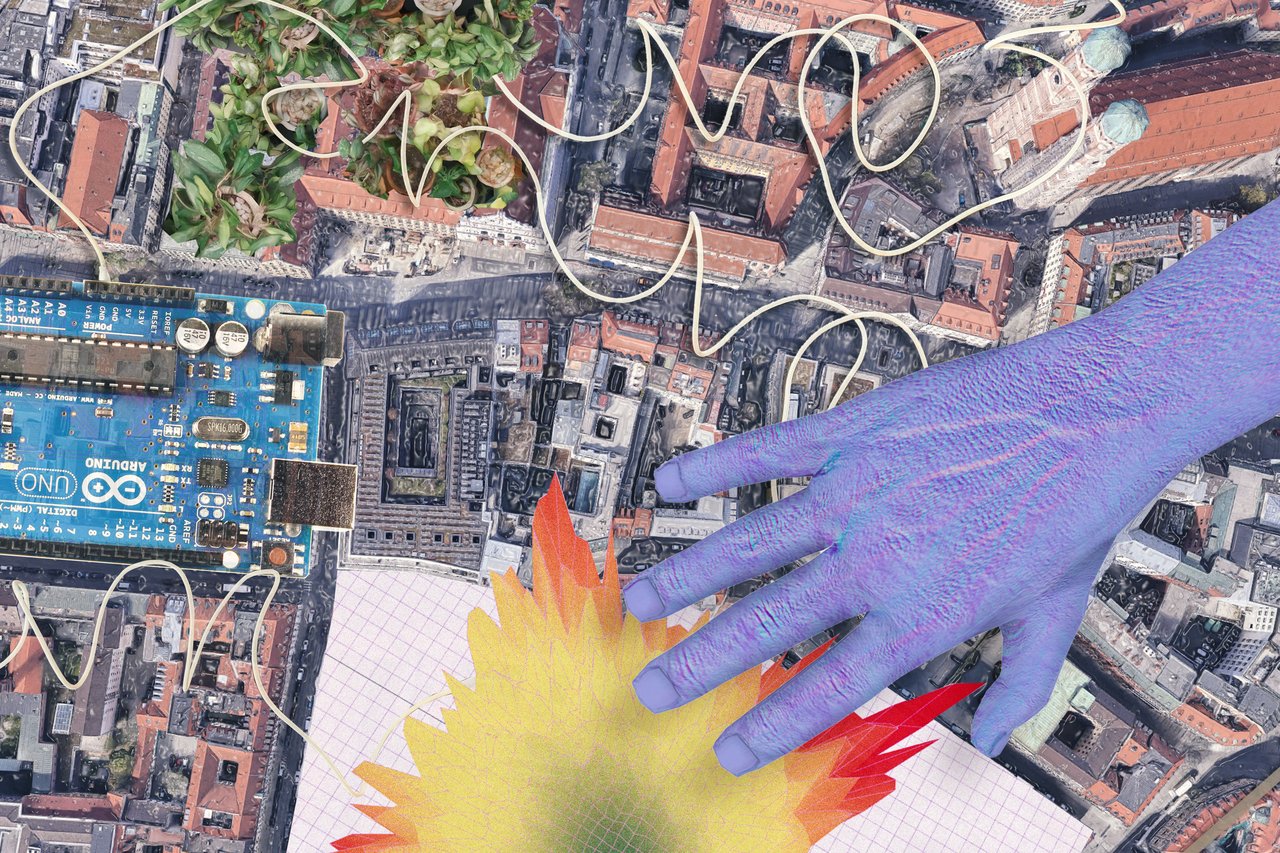
Critical Modeling
Semester Project in Winter 2021/22
Prof. Frank Petzold
Tutors: Nick Förster M.A.
Das Projekt "Critical Modeling" untersucht experimentelle und Critical Design Perspektiven auf digitale urbane Infrastrukturen und analytische Modelle.
Digitale Infrastrukturen sind ein essentieller Teil des zeitgenössischen Stadtgefüges. Stadtmodelle, Simulationen und Sensornetzwerke verbinden die gebaute Umwelt mit ephemeren Prozessen, sozialen Geschehnissen und Ökosystemen. Auch die Stadt München entwickelt ein “Digitaler Zwilling”- Modell, welches semantische 3D-Daten mit heterogenen Datensätzen verknüpft. Hierdurch adressiert diese Infrastruktur vielfältige Themen der Stadtpolitik und -planung, wie Partizipation, Mobilität oder urbane Nachhaltigkeit.
Statt einer klaren Unterscheidung zwischen gebauter Umwelt und digitaler Infastruktur müssen wir die heutige Stadt als multiple cyber-physikalisch-soziale Gebilde begreifen. Als Planer müssen wir die digitale Infrastruktur sowohl als Teil der Stadt wie auch als Werkzeug zur Analyse und zur Veränderung urbaner Räume verstehen. Digitale Technologien sind weder objektiv, unpolitisch noch immateriell. Anhand des "Connected Urban Twin" Münchens untersuchen wir die konkrete Disposition und Politik analytischer Infrastrukturen. Wir setzen digitale Modelle als kritische Werkzeuge, um städtische Räume wahrzunehmen und zu beschreiben. Schließlich diskutieren wir, wie digitale Modelle als Werkzeuge für aktive Gestaltung und als urbane Intervention genutzt werden können.
Critical Modeling - from infrastructures of security to safe environments
Sharon Friedberg, Hanna Krohberger
Currently safety planning in the city equals taking care of security. Certain stakeholders are providing security through infrastructures, such as surveillance cameras, manpower, lighting, and barriers. Through this, the focus lies on a concept called objective safety. With this concept security is measured in numbers. However objective safety and how people perceive safety do not align. The approach of the project is taking on reframing the conversation about what factors have to be considered in safety planning and prototyping a tool for informing, gathering information, and collaboratively shaping the city towards creating safer environments.
A prototype got developed in Unity, providing a 3D-Model of the Sonnenstraße, semantic data and an interaction and user interface. If there is a missing aspect affecting the users sense of safety, they can request it via the "add safety layer", as well as leave a vote for new layers others suggested. It is also possible for the user to walk through the scene as a player.
Critical Modeling - The Site Specific Trash Project
Sebastián Canovas Quintana, Leo Petri Rocha
The project studies the trash that is thrown on the street with the goal of better understanding the urban environment. There are vast amounts of information hidden in the things that people dispose of. It is the evidence of someone’s path through the city. The way in which this trash is thrown away reflects both the behavior of an individual, but also characteristics of the environment. It could contain information about the time-period in which it was generated, which products can be bought in the vicinity as well as the taste and opinions of the individuals that created it.
The prototype is a 3D visualization of the Sonnenstrasse in which the precise coordinates of every single cigarette butt can be visualized with an enhanced presence. The goal was to create a virtual version of Sonnenstraße, but a specific one, one where the presence of the cigarettes would be enhanced. It shows that cigarette butts are a toxic material and should not be thrown on the ground while also representing the behavior of citizens and their relation to the Sonnenstrasse.
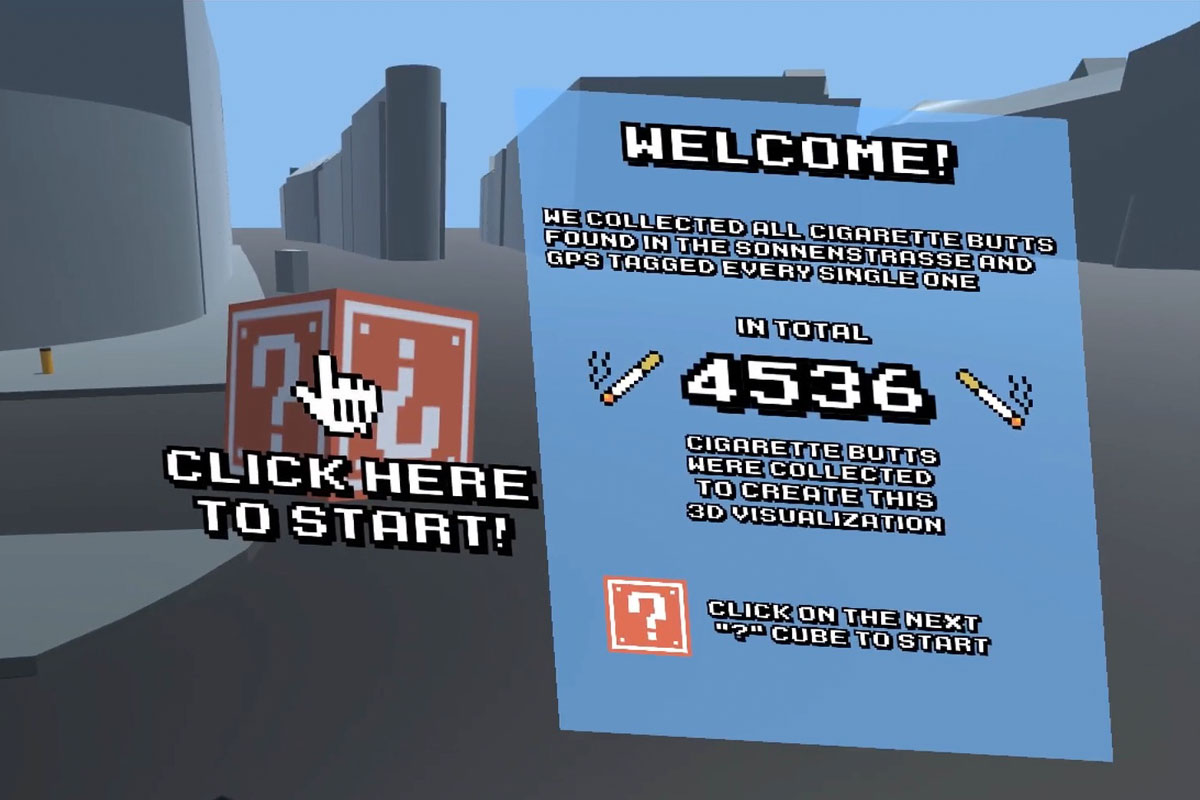
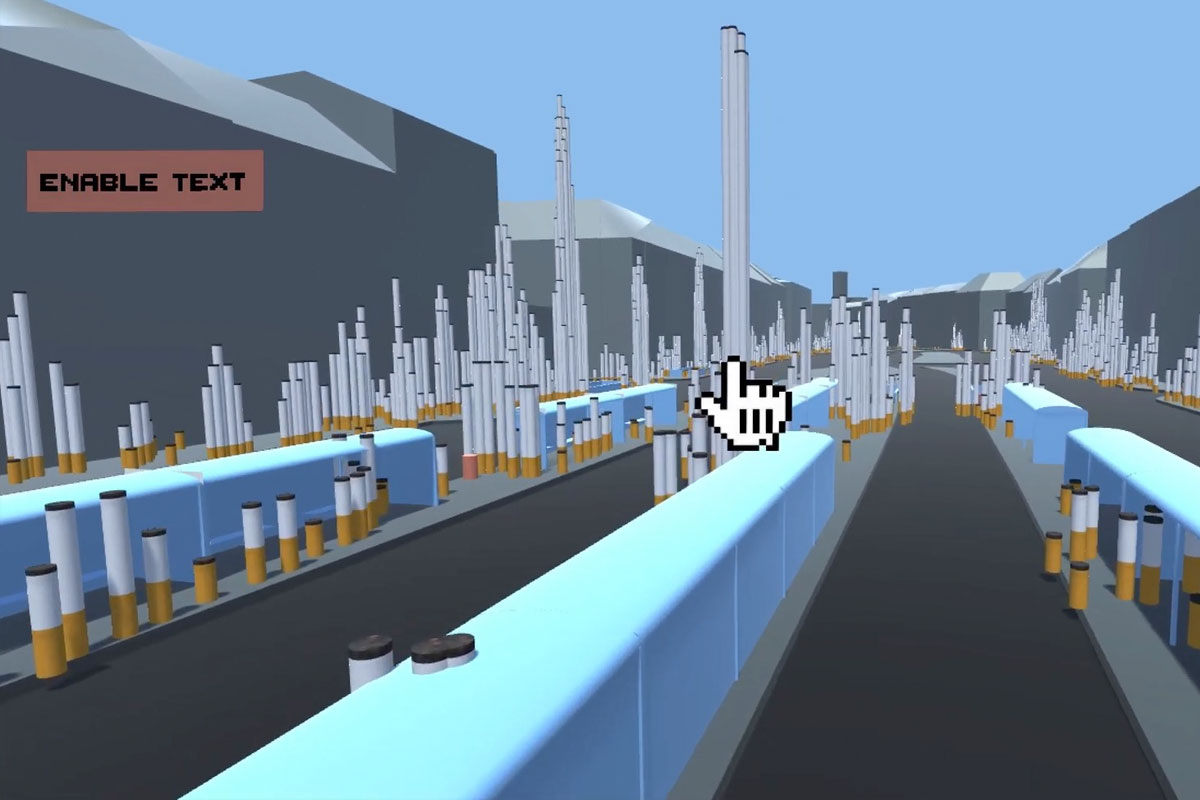
Critical Modeling - Velo City
Lena Keßner, Mauritz Renz
Sonnenstraße as a part of the ring road currently consists of a partially eight-lane car road, which is frightening especially in this location. Bicyclists have a narrow strip on both sides, partly on the car lane, to move forward. The project VeloCity has a look at bicycle traffic in and around Sonnenstraße and comes up with a proposal for the future. One fact of equality in road traffic is that car traffic is in rhythm of the traffic light switching. Cars usually drive at similar speeds due to the speed limits and the traffic light switching is adjusted to create the so-called green phase.
To prove this inequality a traffic light prototype was developed as a simulation tool to adapt the planning to the different speeds. It is able to connect the start and destination of the route in the shortest path and send points with different speeds, which are supposed to represent pedestrians, cyclists and car drivers, over the selected route. At the end of the simulation the relation of the waiting time of the different means of transport can be seen.
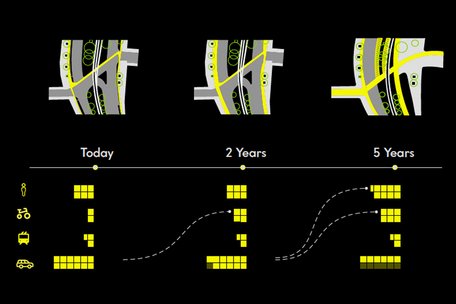
Critical Modeling - Scan the City
Ekaterina Pestriakova
The project aims to gather information about the city from its citizens and represent this information through digital tools as well as an on the streets. Therefor an app was designed as a participation tool, where people can share their opinions on different topics, exchange their thoughts and get a feeling of exploring the city.
The use of the app is simple. From the main screen one can scan a Qr-code, open the map, containing all the answers from others or read more about the project. After scanning the QR-code, one is presented with a list of questions. They ask a person to reflect on their feelings and provide their unique opinion on this place. After submitting the answer, it is possible to review it on the map or see that others have submitted. It can later be used by city planners, enabling them to see the most concerning topics for citizens and also get a glimpse of feelings that people experience while in this area.
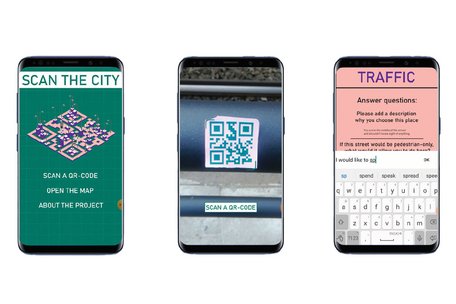
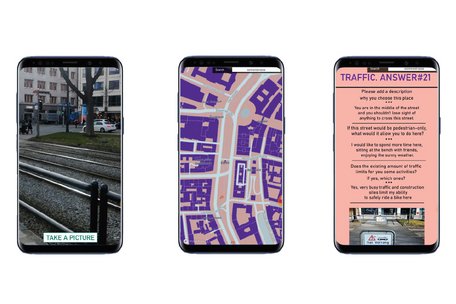
Soundscape Sonnenstraße
Agi Hidri
The project focuses on the aural aspect of a given environment. The area this model will be taking an approach on is the Sonnenstraße in Munich. A prototype was developed that is working symbiotically with the digital twin model of Munich, and consequently seek to add another layer related to the sense of hearing to this virtual representation and digital counterpart.
The Soundscape summarizes a linear cooperation between a sensor, a data analysis tool, a modeling tool and an interface tool. The sensor is represented by an Arduino Uno sensor prototype, which is responsible for collecting the raw data that fuels the Soundscape project. The raw data is passed onto Excel, which will take up the role of the data analysis tool. Exported as a .csv file, the data is then imported into Grasshopper (Rhinoceros), where it is transformed and begins taking a visual shape. Finally the visual data is imported into Unity and outputted as the final interface for the user.
